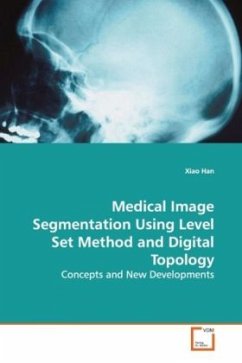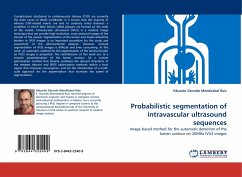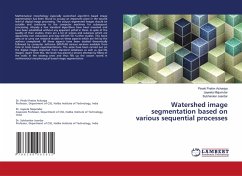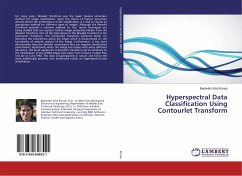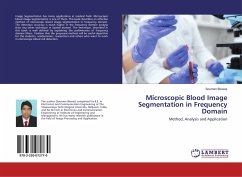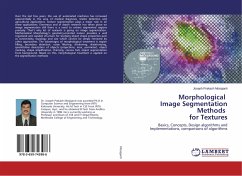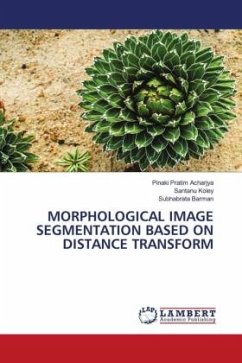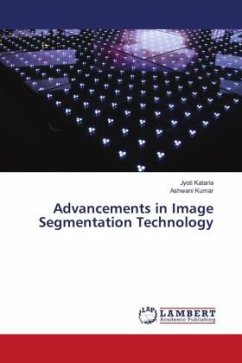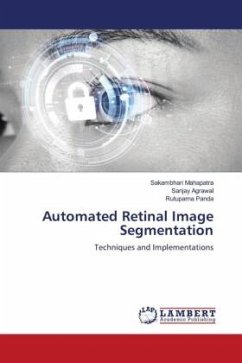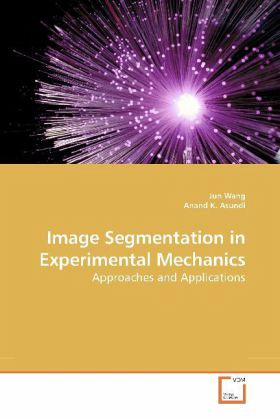
Image Segmentation in Experimental Mechanics
Approaches and Applications
Versandkostenfrei!
Versandfertig in 6-10 Tagen
45,99 €
inkl. MwSt.

PAYBACK Punkte
23 °P sammeln!
Fringe processing is vital to extract meaningful information in photomechanics or optical techniques in engineering mechanics. Tremendous effort and resources have been put into this over the years and techniques such as phase shifting and Fourier transform methods have evolved as workhorses. However, they evaluate the entire fringe pattern without regard to whether information in certain regions is vital or not. Hence in many instances the human operator is still called on to identify regions of interest for processing. Thus there would be a need for processing which mimics human hierarchical...
Fringe processing is vital to extract meaningful information in photomechanics or optical techniques in engineering mechanics. Tremendous effort and resources have been put into this over the years and techniques such as phase shifting and Fourier transform methods have evolved as workhorses. However, they evaluate the entire fringe pattern without regard to whether information in certain regions is vital or not. Hence in many instances the human operator is still called on to identify regions of interest for processing. Thus there would be a need for processing which mimics human hierarchical cognition skills to introduce smartness into the algorithm. This book, therefore, provides a new strategy including three fringe processing approaches looking at gradient changes in a fringe pattern. For example, a cluster of large curvy fringe segments can be used to reveal a fringe irregularity, or local frequency of fringes to directly indicate strain or curvature and hence to determine strain concentration. These novel approaches have been introduced to solve various problems in experimental mechanics.



